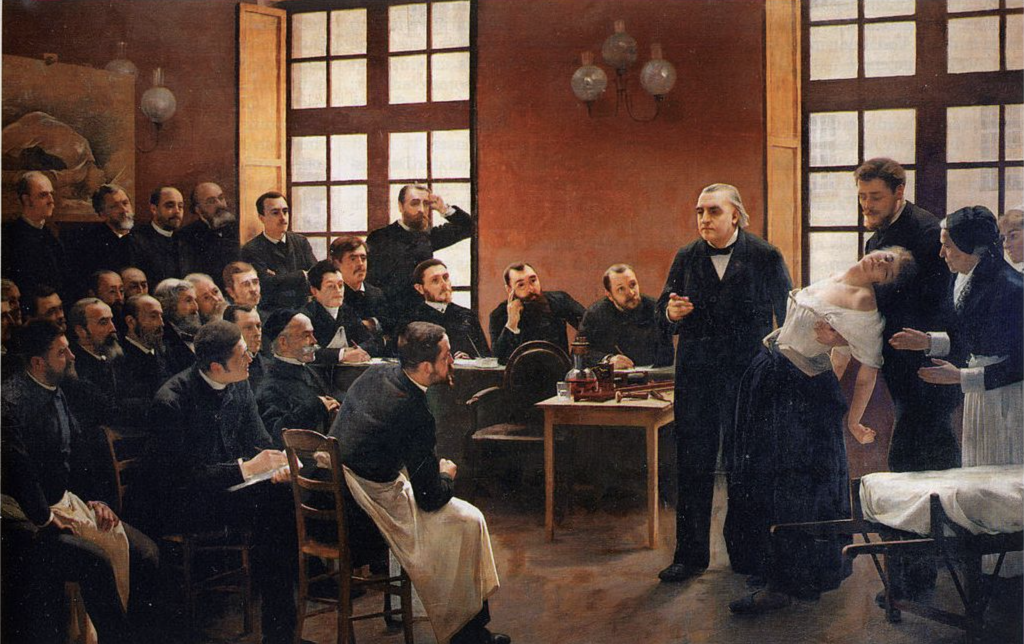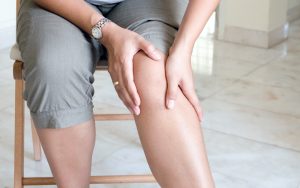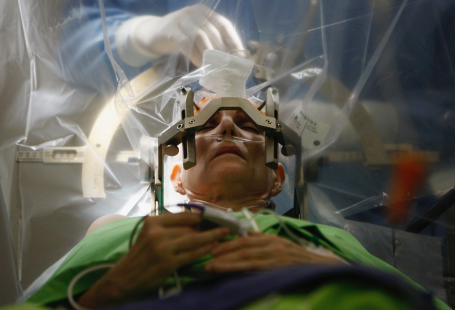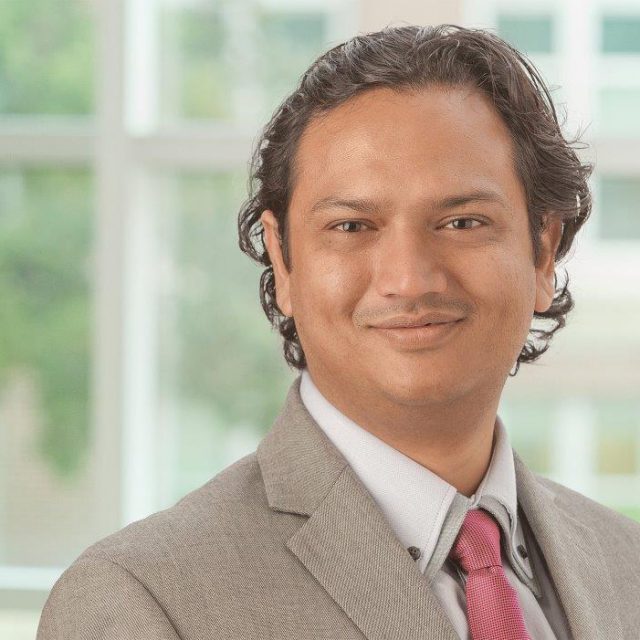
ATAXIA: This movement disorder affects the part of the brain that controls coordinated movement (cerebellum). Ataxia may cause uncoordinated or clumsy balance, speech or limb movements, and other symptoms.
CERVICAL DYSTONIA: This condition causes long-lasting contractions (spasms) or intermittent contractions of the neck muscles, causing the neck to turn in different ways.

CHOREA: Chorea is characterized by repetitive, brief, irregular, somewhat rapid, involuntary movements that typically involve the face, mouth, trunk and limbs.
DYSTONIA: This condition involves sustained involuntary muscle contractions with twisting, repetitive movements. Dystonia may affect the entire body (generalized dystonia) or one part of the body (focal dystonia).
FUNCTIONAL MOVEMENT DISORDERS: This condition may resemble any of the movement disorders, but is not due to neurological disease.
 HUNTINGTON’S DISEASE: This is an inherited progressive, neurodegenerative disorder that causes uncontrolled movements (chorea), impaired cognitive abilities and psychiatric conditions.
HUNTINGTON’S DISEASE: This is an inherited progressive, neurodegenerative disorder that causes uncontrolled movements (chorea), impaired cognitive abilities and psychiatric conditions.
MULTIPLE SYSTEM ATROPHY: This uncommon, progressive neurological disorder affects many brain systems. Multiple system atrophy causes a movement disorder, such as ataxia or parkinsonism. It can also cause low blood pressure and impaired bladder function.
MYOCLONUS: This condition causes lightning-quick jerks of a muscle or a group of muscles.
Parkinson’s disease. This slowly progressive, neurodegenerative disorder causes tremor, stiffness (rigidity), slow decreased movement (bradykinesia) or imbalance. It may also cause other nonmovement symptoms.
PARKINSONISM: Parkinsonism describes a group of conditions that has symptoms similar to those of Parkinson’s disease.
Progressive Supranuclear Palsy: This is a rare neurological disorder that causes problems with walking, balance and eye movements. It may resemble Parkinson’s disease but is a distinct condition.
 RESTLESS LEG SYNDROME: This movement disorder causes unpleasant, abnormal feelings in the legs while relaxing or lying down, often relieved by movement.
RESTLESS LEG SYNDROME: This movement disorder causes unpleasant, abnormal feelings in the legs while relaxing or lying down, often relieved by movement.
TARDIVE DYSKINESIA: This neurological condition is caused by long-term use of certain drugs used to treat psychiatric conditions (neuroleptic drugs). Tardive dyskinesia causes repetitive and involuntary movements such as grimacing, eye blinking and other movements.
 TOURETTE SYNDROME: This is a neurological condition that starts between childhood and teenage years and is associated with repetitive movements (motor tics) and vocal sounds (vocal tics).
TOURETTE SYNDROME: This is a neurological condition that starts between childhood and teenage years and is associated with repetitive movements (motor tics) and vocal sounds (vocal tics).
TREMORS: This movement disorder causes involuntary rhythmic shaking of parts of the body, such as the hands, head or other parts of the body. The most common type is essential tremor.
WILSON’S DISEASE: This is a rare inherited disorder that causes excessive amounts of copper to build up in the body, causing neurological problems.




